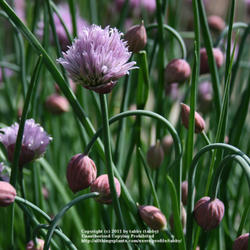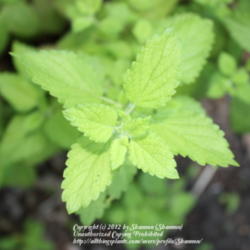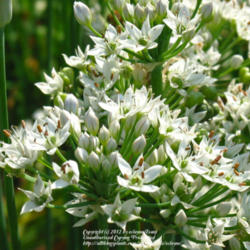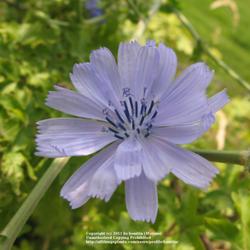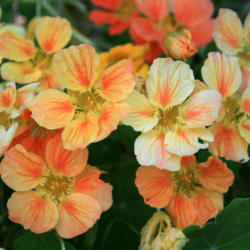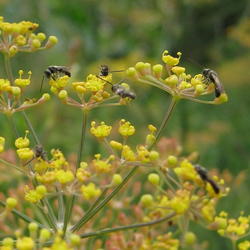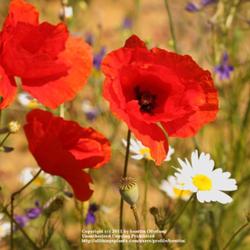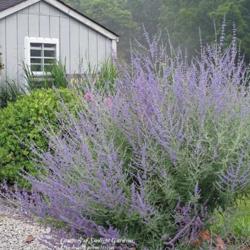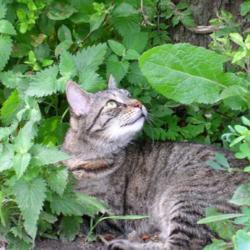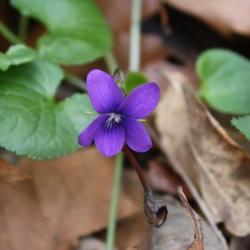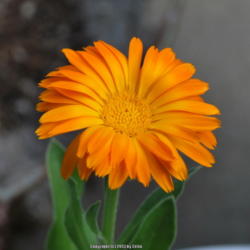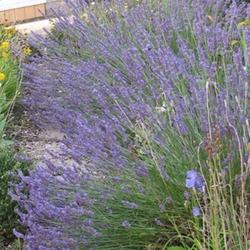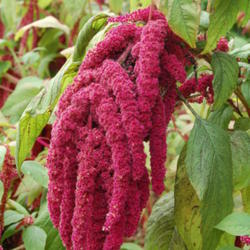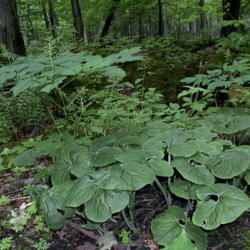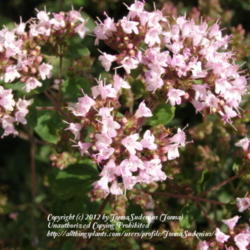#17: Clary Sage (Salvia sclarea)
@CarolineScott says, "Clary Sage has colored bracts.
The color is not actually flowers."
@Marilyn added, ""Salvia sclarea reaches 3 to 4 ft (0.91 to 1.2 m) in height, with thick square stems that are covered in hairs. The leaves are approximately 1 ft (0.30 m) long at the base, .5 ft (0.15 m) long higher on the plant. The upper leaf surface is rugose, and covered with glandular hairs. The flowers are in verticils, with 2-6 flowers in each verticil, and are held in large colorful bracts that range in color from pale mauve to lilac or white to pink with a pink mark on the edge. The lilac or pale blue corolla is approximately 1 in (2.5 cm), with the lips held wide open. The cultivar S. sclarea 'Turkestanica' bears pink stems, petiolate leaves, and white, pink-flecked blossoms on spikes to 30 inches tall (75 cm).
Clary seeds have a mucilaginous coat, which is why some old herbals recommended placing a seed into the eye of someone with a foreign object in it so that it could adhere to the object and make it easy to remove. This practice is noted by Nicholas Culpeper in his Complete Herbal (1653), who referred to the plant as "clear-eye".
The distilled essential oil is used widely in perfumes and as a muscatel flavoring for vermouths, wines, and liqueurs. It is also used in aromatherapy for relieving anxiety and fear, menstrual-related problems such as PMS and cramping, and helping with insomnia."
Taken from wikipedia's page at:
http://en.wikipedia.org/wiki/S... 
